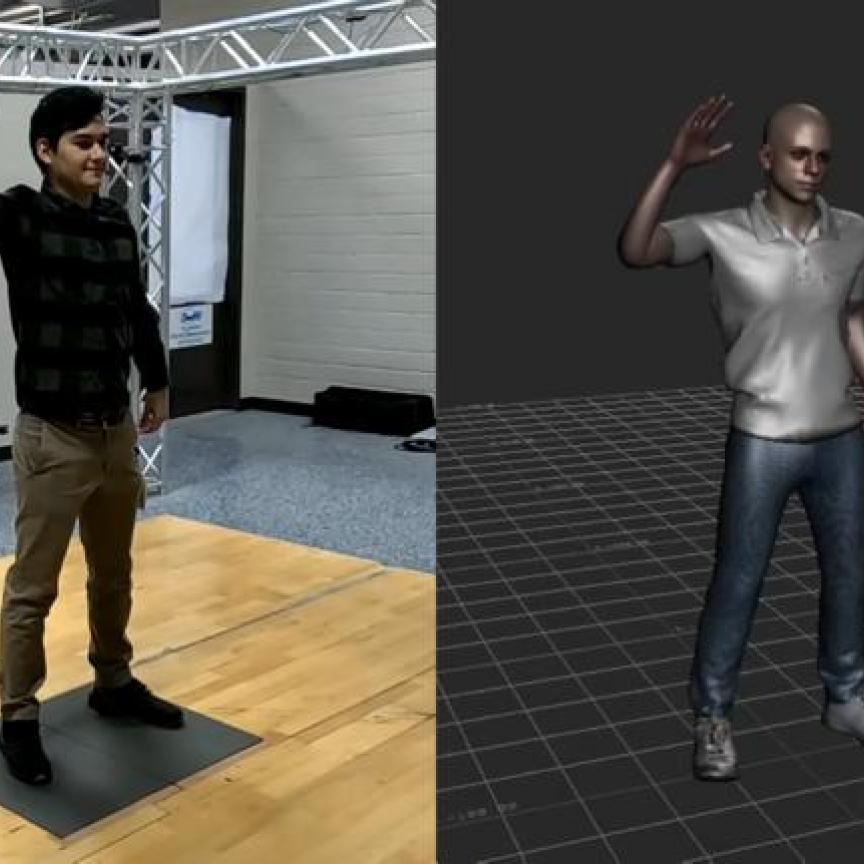Pleora Technologies is introducing new production-ready and customizable performance advances for its AI solutions to help manufacturers improve frontline processes and collect inspection data for analytics.
Our Visual Inspection System makes human decision-making consistent and traceable. New features for the system include:
A suite of production-ready Inspection apps for in-coming, in-process, and final manufacturing steps make product errors obvious for a human operator. Inspection can start with just one good product image. As the operator accepts or rejects initial errors, the AI model is transparently trained and will begin detecting issues and suggesting decisions for the human inspector.
A growing library of manufacturing apps available as production-ready tools that can be customized for unique requirements. Off-the-shelf apps include tools for barcode scanning, inventory tracking, raw material management, component count, and more.
Expanded capabilities for Tracking & Reporting apps, which collect actionable insight from manual processes including suspected and confirmed defects and user notes. Manufacturers can now store manual inspection data to local or cloud-based production databases for traceability, shipment management, and batch tracking. New integrated two-way read and write communication with manufacturing enterprise resource planning systems helps end-users monitor, track, and analyze manual inspection data to speed issue resolution and improvement initiatives.
For automated inspection applications, off-the-shelf AI and machine vision plug-ins for common quality inspection tasks can be easily modified as-required in Pleora’s “no code” eBUS AI Studio and deployed in production without requiring specialized development skills on the AI Gateway. To ease the deployment of AI alongside proven machine vision processes, new standard and customizable two-way communication between the AI Gateway edge processor and programmable logic converters (PLCs) enables control of other vision system components over a range of networking protocols, including Ethernet/IP, Modbus RTU, Profinet, Profibus, and Modbus TCP.

